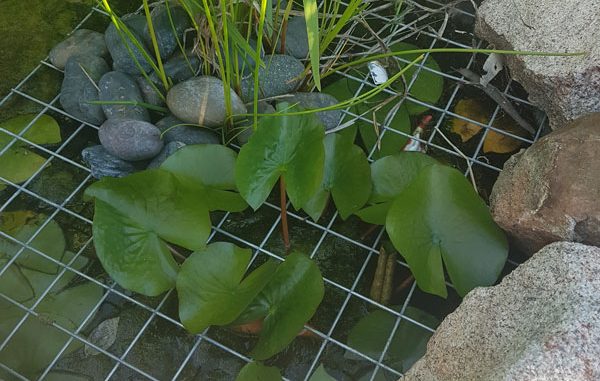
Bees And Water
Beekeepers often overlook the fact that bee colonies require large amounts of water for brood rearing and temperature control. In winter when breeding is at a minimum, bees need very little water. However, water shortages can occur in summer, especially when temperatures exceed 30C. At this time nectar gatherers may become water collectors which results in a decline in honey production.
A supply of water in the apiary grounds is especially advisable where bees are kept in towns so that the bees learn to obtain their water at home, and do not need to search the neighbourhood for it. Bees with insufficient water frequently make a nuisance of themselves around neighbours taps, swimming pools and pet bowls.
Bees prefer to obtain moisture from a damp surface rather than from an open container of water. There are several watering devices used by apiarists. Two of these are:
- a tub of wet sand suitably located near the hive: or
- a shallow trough with floats, such as corks or straw, so that the bees can drink without drowning.
About 4 litres of water per hive should be available each day. The bees will rarely use this much water but it is a sensible precaution. To attract bees to a watering place, a teaspoon of salt can be added to each litre of fresh water during the first week.
If you keep bees or are thinking of starting a hive, please keep these points in mind. Taking these precautions, some of the problems with suburban beekeeping may be avoided.
Lyn Shiels

Be the first to comment